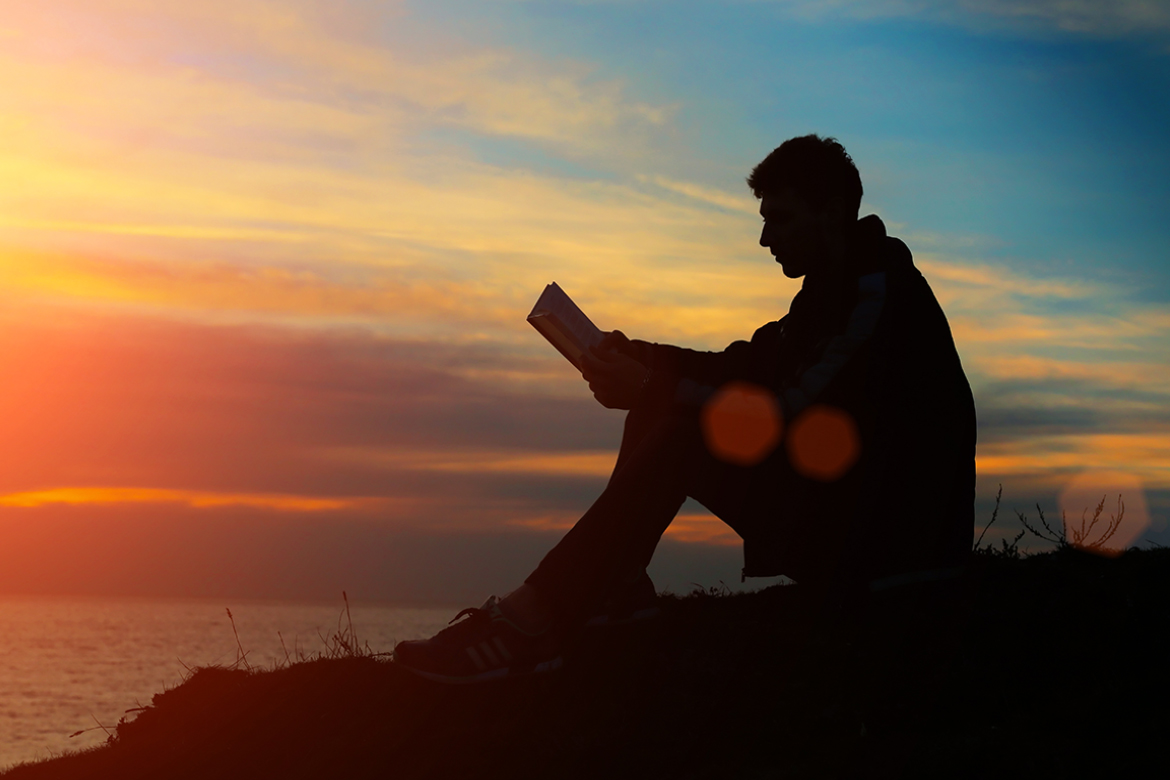
Studio Ghibli art is more than just visual design—it’s an immersive experience that captures the soul of storytelling through animation. With its roots deeply embedded in Japanese culture, the studio’s unique artistic identity blends imagination, emotion, and nature in a way few other studios can replicate. From the whimsical landscapes of My Neighbor Totoro to the rich, haunting worlds of Spirited Away, Ghibli’s art style remains iconic and influential across generations.
What Defines Studio Ghibli’s Art Style?
At the heart of Studio Ghibli’s magic lies its commitment to hand-drawn animation. Every scene is meticulously illustrated, giving it a warm, organic texture that digital animation often lacks. This traditional approach is paired with a dedication to visual depth, emotional subtlety, and atmospheric storytelling.
The Signature Elements of Studio Ghibli Art
1. Handcrafted Detail
Every frame in a Ghibli film feels like a painting in motion. From wind-swept grasses to bustling cityscapes, the animation breathes life into stillness with incredible realism.
2. Nature as a Central Theme
Nature plays a pivotal role in most Ghibli films, and it’s always portrayed with reverence. Whether it’s the enchanted forest in Princess Mononoke or the open skies in Porco Rosso, nature is painted with beauty and authenticity.
3. Expressive Character Designs
Unlike many studios that rely on exaggerated features, Ghibli characters are subtle and real. Their expressions convey emotion with nuance, making the audience feel every smile, frown, or tear.
The Role of Color in Ghibli’s Visual Aesthetic
Color in Studio Ghibli art isn’t just decorative—it’s symbolic. Pastel tones bring a sense of nostalgia and warmth, while bold contrasts are used to heighten emotional scenes. Films like Howl’s Moving Castle use vibrant colors to differentiate between magical realms and reality.
Cultural Roots Reflected in Ghibli’s Art
Ghibli’s visuals are deeply influenced by traditional Japanese architecture, folklore, and landscapes. Elements like shoji doors, torii gates, tatami mats, and Shinto shrines not only establish setting but also enrich the story with cultural authenticity.
Fantasy Meets Realism: The Ghibli Trademark
One of the studio’s most celebrated achievements is the seamless blend of fantasy and reality. Characters like Totoro or the forest spirits of Princess Mononoke exist in worlds that feel grounded and believable, thanks to the attention to detail and emotional depth.
Iconic Studio Ghibli Art Examples
– Spirited Away (2001)
A visual feast with a blend of the surreal and the sacred, filled with intricate bathhouse architecture, spiritual creatures, and vibrant color palettes.
– My Neighbor Totoro (1988)
Wholesome countryside visuals with unforgettable characters like Totoro and Catbus, all set against calming natural backdrops.
– Princess Mononoke (1997)
Visually complex with forest spirits, wild gods, and an underlying message about environmental preservation—all expressed through breathtaking animation.
Studio Ghibli’s Global Artistic Influence
Today, the influence of Studio Ghibli art can be seen in everything from independent animation studios to video game design and fan art communities. Its unique blend of emotion, detail, and storytelling has inspired animators and visual artists around the world.
The Emotional Impact of Ghibli’s Visuals
More than just beautiful images, Ghibli’s visuals are emotionally driven. The silent moments, the natural pacing, and the rich ambient details all work together to deepen viewer connection and convey powerful messages without relying solely on dialogue.
Studio Ghibli Art in Merchandise and Pop Culture
From illustrated art books to high-quality prints, puzzles, and fashion, Ghibli’s visuals have become a staple in global pop culture. Characters and scenes are immortalized in collectibles, home decor, and themed cafes, showcasing the universal appeal of the studio’s art.
Why Studio Ghibli Art Stands the Test of Time
While animation technology continues to evolve, Ghibli’s timeless hand-drawn approach reminds us of the beauty of craftsmanship. The art style prioritizes human connection, environmental harmony, and visual serenity, making it eternally relevant.
Conclusion
Studio Ghibli art is a masterclass in storytelling through visuals. With its hand-drawn precision, emotional depth, and cultural richness, it has set a gold standard in animation. Whether you’re a lifelong fan or a newcomer, exploring the world of Studio Ghibli art is like stepping into a painting that moves your heart.






